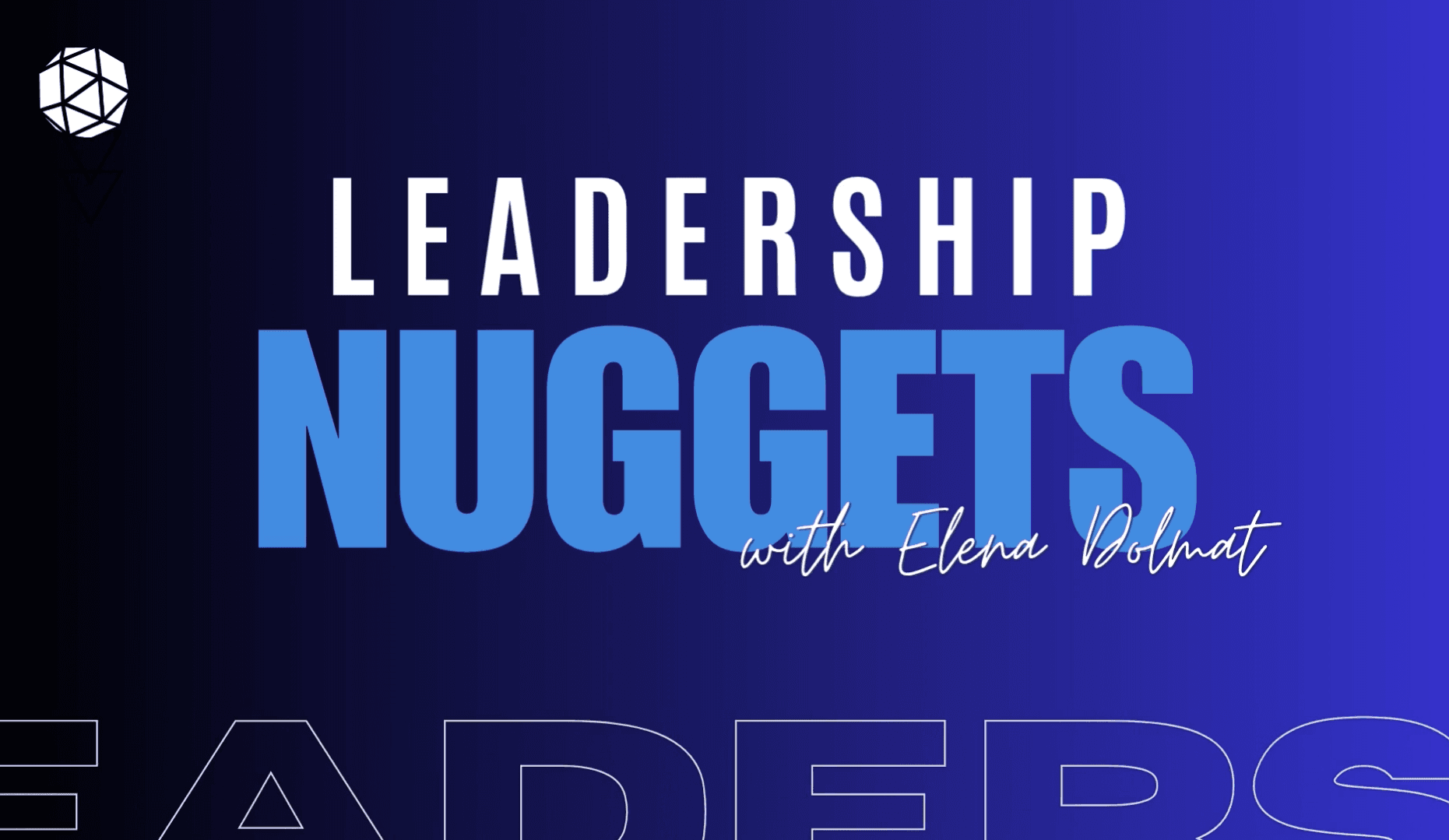Why Your Vision Statement Puts People To Sleep And Why Theirs Don’t

If your vision statement is like most, you don’t think about it much, and its best use is for bedtime reading as a cure for insomnia.
7 reasons your vision statement puts people to sleep
- It sounds like “God, mother, and apple pie.”
- It is too vague to provide any direction.
- It’s boring.
- It was written by the marketing department for customers, and is disconnected from daily life in the company.
- Employees feel no involvement and sense of ownership for it. They think it’s your vision statement, not theirs.
- It was used to justify downsizing or to drive a change vision that did not benefit the individuals in the organisation.
- Leaders don’t model it and they don’t use it to make decisions.
Vision statements that wake you up
Vision statements don’t have to be snoozers. These statements pack a lot of power, not because they sound snazzy, but because they illuminate the core of what the company is about and provide guidance for strategic decisions.
- Walt Disney Parks and Resorts
- Hubspot
“To organize the world’s information and make it universally accessible and useful.”
“One of the world’s leading providers of family travel and leisure experiences, giving millions of guests each year the chance to spend time with their families and friends, making memories that last a lifetime.”
“With our powerful, easy to use, integrated set of applications, businesses can attract, engage, and delight customers by delivering inbound experiences that are relevant, helpful, and personalized. HubSpot is, after all, on a mission to make the world more inbound, one business transformation after another.”
Tips to revitalise your vision statement
The first thing to do is stop using the word vision as a catch-all phrase. Vision paints a clear picture of the desired end-result and it is deeply rooted in purpose and values.
Create a statement that illuminates all three elements of a compelling vision.
Then test it against the characteristics of a driving vision and these benchmarks:
- Explains our purpose or reason for existence?
- Is about more than the products or services we provide?
- Provides a picture of the desired future that you can actually see?
- Provides guidelines that help you make daily decisions?
- Is about being “great” – not solely about beating the competition?
- Is inspiring – not expressed solely in numbers?
- Helps each person see how he or she can contribute?
How it’s created is as important as what it says
Don’t hand the job off to the marketing department. If you want to create a vision that engages the hearts and spirits of everyone in your organisation, involve them in the process of creating it.
When people are involved, they understand it more deeply, are better prepared to implement it, and are more strongly invested it.
Think of it as creating a lump of clay where senior leaders create the substance and then invite people to put their thumbprint on it before it’s baked.
Be open to requests for changes in language that do not change the essence of your vision. And, if there is a pattern of requests for substantive changes, it’s possible you may have missed something, which is important to know.
© 2016 Jesse Stoner
Reposted with permission. For feedback, email us at editor@leaderonomics.com. For more leadership insights, visit www.leaderonomics.com
Leadership





